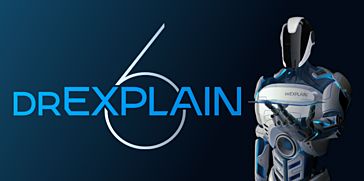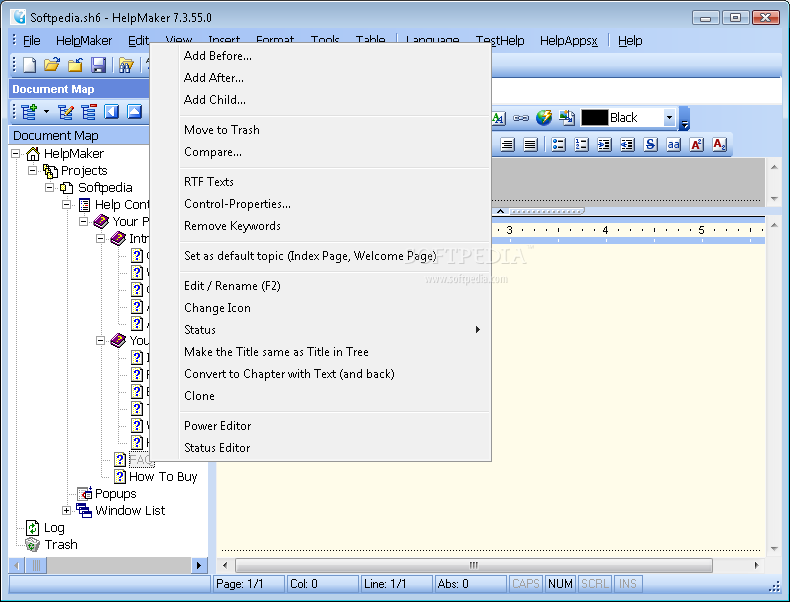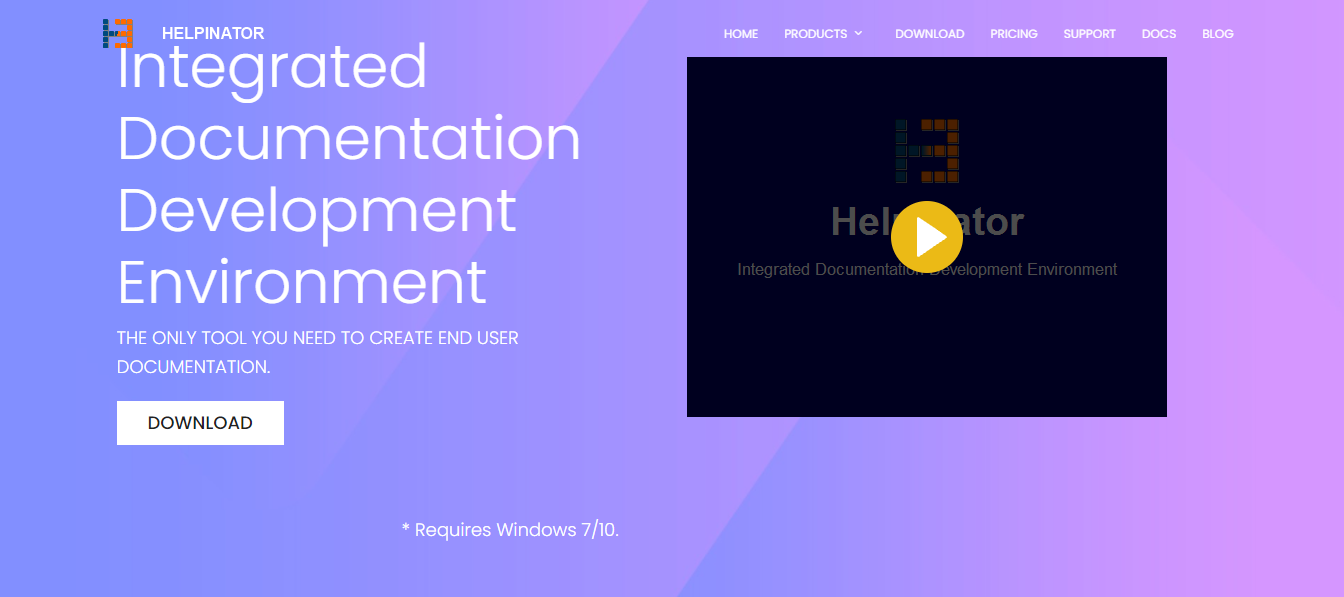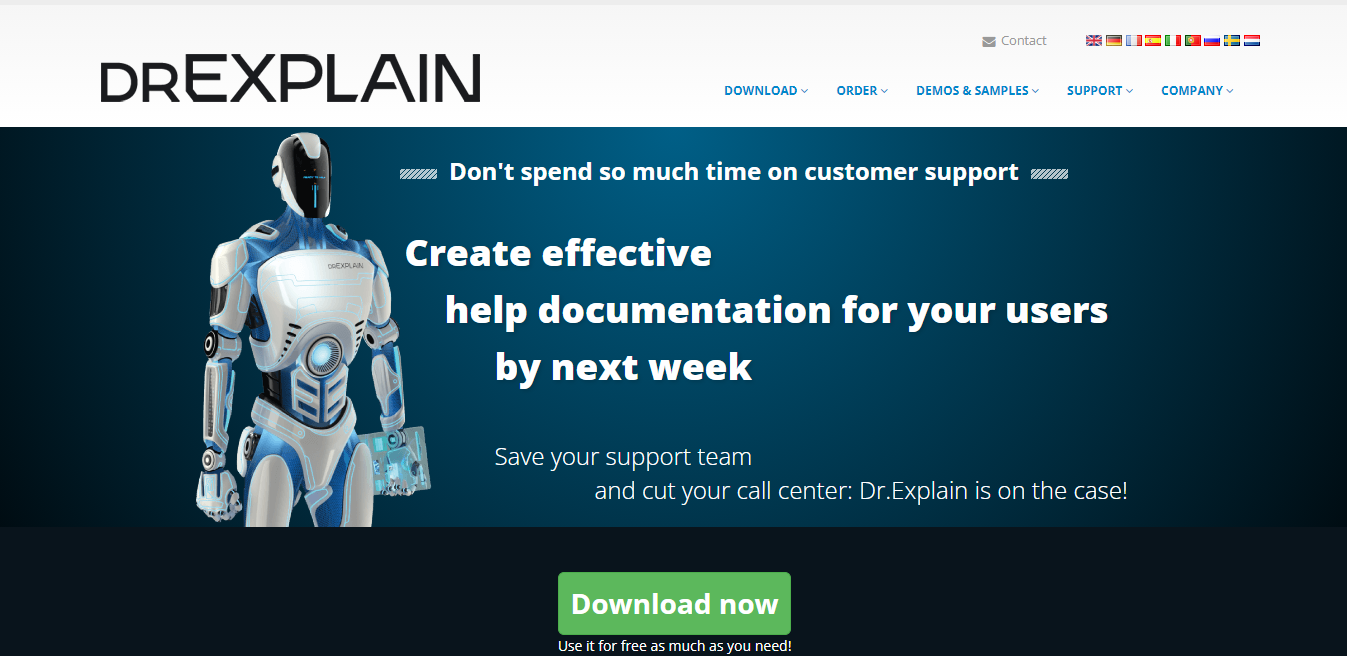

- #Help authoring tool software how to#
- #Help authoring tool software pdf#
- #Help authoring tool software code#
Some HATs do not have an integrated CCMS to allow for version control and collaborative authoring, so that should be factor when considering switching to one of these tools.
#Help authoring tool software code#
While you can create Webhelp from XML/DITA, these tools are designed to hide the markup code from the writer and provide a more WYSIWYG environment.
#Help authoring tool software pdf#
Many tools have the ability to publish more than just Webhelp files some can publish to PDF and to HTML5 for website creation. This wouldn’t be incorrect, as authoring tools do have lots of crossover, but HATs have a specific purpose, so it’s useful to call them out separately. Some HATs, like RoboHelp, can be considered a desktop publishing tool. Help Authoring Tools (HATs) are purpose-built for delivering browser-based help (Webhelp, also known as online help), or embedded/compiled help, such as CHM files (Microsoft Compiled HTML Help, or the results of pressing F1 in an application).

What we may call a structured authoring tool is essentially a text editor that you can use with a markup language such as XML or DITA to “tag” content based on a predefined structure or set of rules, called a document type definition (DTD). However, these types of tools are generally seen as “all-in-ones,” described in more detail below. Some added benefits are collaboration, single-sourcing, topic-based authoring, translation management, and others. There are many tools that allow you to reap the benefits of structured authoring.

The Content Wrangler, The 2016 Technical Communication Benchmarking Survey Desktop Publishingĭesktop publishing tools are standalone systems that live on your machine and allow you to author and publish from the same system. Adoption of advanced information development management technologies like component content management systems (CCMS), XML authoring tools, and machine translation are planned innovations for firms hoping to lower costs and connect content to customers. New content types-like video documentation-are being produced more often by more companies. Also not listed are ancillary tools like screen and video capture and editing, learning and training tools like Camtasia, Learning Management Systems (LMSs), presentation software, and website creation tools. Purposefully left off are standalone Content Management Systems (CMSs) and Component Content Management Systems (CCMSs), as they are not authoring tools. Many of the tools listed in these surveys can be broken down into five types.

For example, from year-to-year we see that extensible markup language (XML)-based tools gain ground, but the “staples” remain Microsoft Word, Adobe FrameMaker, and Acrobat. These surveys are enlightening in the trends they uncover. So if you’re new to the field or looking to change the authoring tools you use at work, read further for an overview of the different types, what they do, and examples to investigate.Įvery few years, technical communicators are asked to fill out a survey indicating their current authoring and publishing tools. Authoring tools can quickly become a hot topic when you put technical communicators in a room together, as we all have our preferences.
#Help authoring tool software how to#
One of the hardest things about entering the technical communication field is learning what authoring tools are being used and how to get trained on them.


 0 kommentar(er)
0 kommentar(er)
